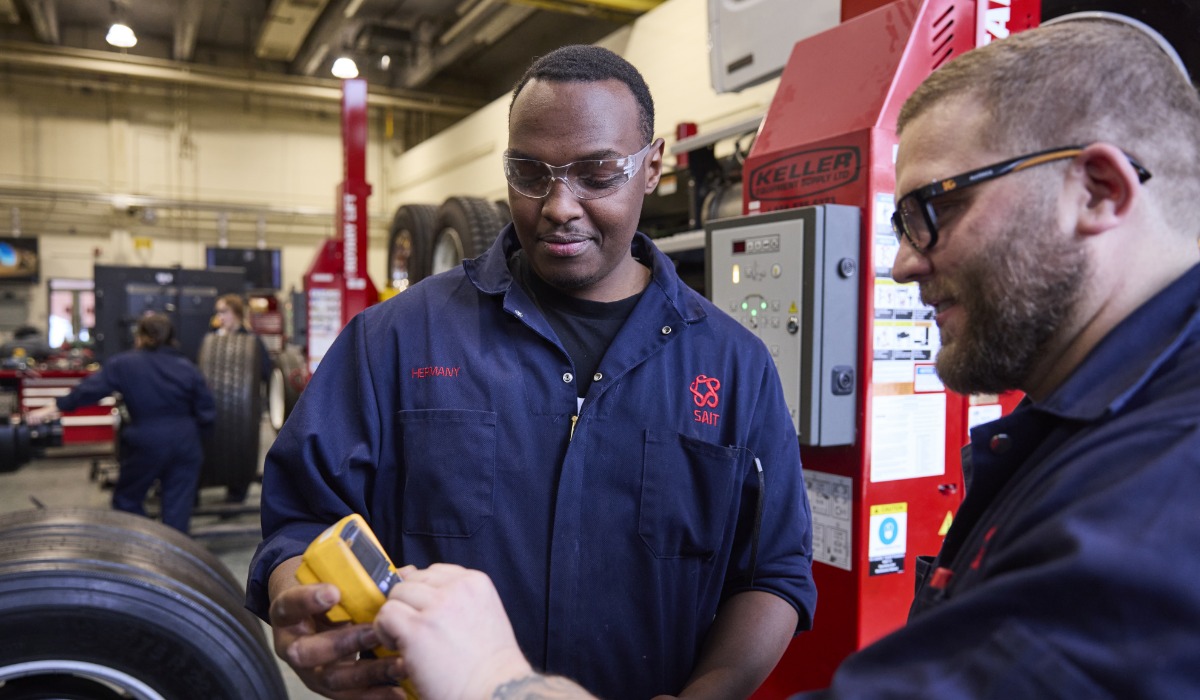I am a Heavy truck mechanic and I have considered joining the reserves because I like military equipment and I would enjoy working on it. Then I looked at the reserve pay scale and its a long way down until I see daily pay that comes close to what I could make at a shop around here.
I'm about to start a firestorm here but I think you raise a very valuable point that lies at the heart of reserve service which is that reservists are not recruited and employed, for the most part, for what they bring to the table day-to-day while serving on a part-time basis, but the potential that they offer if and when required to serve full-time.
For the most part of my legal career as a reservist, I was billing more per hour as a civilian lawyer than I could earn in a day as a military legal officer. I stayed with the job until age sixty because I enjoyed doing something different than what I did daily in the civilian office, even though my military work was similar in general. The point here, however, is that we cannot depend on the good will of a few individuals to fill the many professional and skilled trades jobs that a mobilized army will need. The concept simply won't scale up to what is needed. Similarly, the government cannot start paying professional and skilled trade rates at their high end. That would leave you with a force too small to do its job. That said, pay scales are already on a par with, and in some cases, above the rate for equivalent civilian jobs (where equivalents exist).
I've come to believe that if we wish to create viable reserve combat service support units, we need to approach the job quite differently and treat high technical skills jobs differently. IMHO a viable system that will produce large numbers of skilled reservists would work like this:
1) recruit them young - at the end of high school - when they are looking for adventure, skills training, are still living at home, and want some pocket money;
2) those selected immediately after high school get sent that summer (roughly two months) on an army basic training course to a) evaluate their suitability for further training; b) give them a full summer of paid employment; and c) inculcate some basic military skills in them;
3) those who are successful are sent to an appropriate community college for their trades training. They continue to live at home, are not paid a salary (except for one weekend of military training per month) but have their entire tuition and related expenses paid by the army;
4) the next summer they are put on a four month military conversion course to take what they have learned at community college to practical military knowledge - let's say auto mechanic. For this they continue to live at home but receive a full salary;
5) the next fall they return to a community college for further training - let's say heavy vehicle mechanic or diesel mechanic - again, they live at home, receive no pay (except the one weekend per month) but have their schooling costs paid. At the end of this process they have earned their civilian ticket for their craft;
6) the following summer they again attend a military conversion course that lasts the whole summer and at full salary while still living at home. This training is designed to have them at the full military DP1 status for their military trade.
7) The next step is that in exchange for their paid schooling, each individual is bound to continue serving in the reserves, in their trade, for a period of obligatory service of, let's say three years. During those three years they would be obliged to attend mandatory training with their unit of one weekend per month and a one or two-week summer exercise. In addition they could attend other training (higher trades training or leadership training) on a strictly voluntary basis. At the end of their three years of obligatory service they can leave, stay on voluntarily without obligations, or take a reenlistment bonus which would bind them for another term of obligatory service. In any event, anyone who leaves is automatically transferred to the supplementary reserve for a set period (let's say five or ten years) with no further training obligations but being liable to recall in the event of a major conflict or other emergency as defined in the National Defence Act.
8) Some individuals, at the end of their DP1 training, could also be offered contracts on Class B service (which would provide them experience making them more attractive employees in the civilian world, or given opportunities to transfer to the regular force. This would fill both short term and long term surges in need of certain classes of trades. Unforecasted surge needs are different from the forecast steady state needs of the army. The steady state, peacetime need for such trades ought to be fulfilled by continuing, full-time service members i.e. the regular force.
The intent of the system is to leverage existing civilian schooling systems, provide an education that makes them a trained and certified tradesman within their chosen field and provide just enough incentives along the way to make enrolling a desirable path to a future civilian career at essentially no financial cost to the recruit and a minimal cost to the military. At the same time it generates a pool of trained tradesmen/women in sufficient numbers to fill the numerous reserve CSS units that an army, at scale, needs in order to mobilize in a time of conflict.



